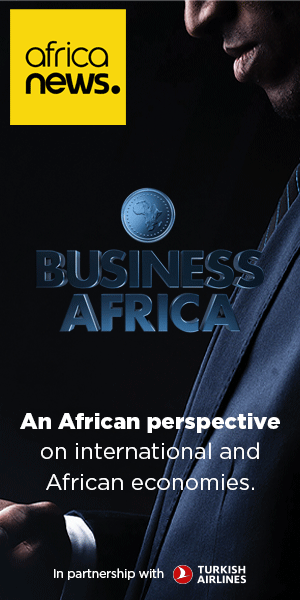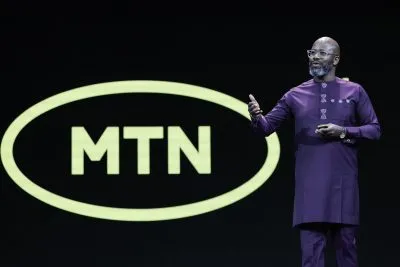The stark financial benefits of fierce competition in the mobile telecoms market are clear for all to see. The cost of telecoms services has fallen over the past decade, as competing mobile operators have replaced state owned monolithic landline companies. Namibia, for instance, did not see the arrival of a second mobile operator until as recently as 2007, but in just five years Leo, Telecom Namibia and MTC have been forced to reduce their tariffs in order to maintain market share and the national penetration rate is expected to reach 111% by the end of this year, making it one of the most saturated markets on the continent.
This contrasts with a penetration rate of just 7% for the land line sector, although the government has now agreed to end Telecom Namibia’s monopoly under pressure from the World Trade Organisation. In addition, just 9% of the population have access to the internet, so it will be interesting to see what impact the dissemination of 3G and 4G technologies have on mobile internet access rates. Namibia lacks a direct connection to any of the main five international submarine fibre-optic cables that have been completed around the coast of Africa over the past few years and so customers continue to pay the high rates for internet access that have disappeared in more connected countries.
It is often argued that Somalia has been the ultimate example of a telecoms free market. With little active government or regulation for 20 years, there have been no licensing rounds and so between seven and 10 companies offer services in different parts of the country. Some sources even claim that there is just a three-day wait for the installation of new land lines – a figure that compares with the world’s most attractive markets. In most African countries, however, there is far greater government involvement. Libya is one of the last countries to benefit from mobile telecoms deregulation, but the new government is expected to sell stakes in the existing operators, Al Madar and Libyana, next year. The National Transitional Council has also indicated that it will offer additional licences, both to increase competition and to generate funding for telecoms infrastructure, devastated during the civil war. Libya was the first country to register a 100% mobile penetration rate in Africa yet, as Table 1 indicates, internet access was restricted by the government in order to suppress political opposition.
Investors look to DR Congo
Congo Chine Telecom (CCT) is to be renamed Orange as part of parent company France Telecom’s (FT) efforts to bring most of its African operations under the same brand. CCT was previously owned by the government of Democratic Republic of Congo (DR Congo) and Chinese firm ZTE, but was taken over by France Telecom at the end of last year, at a cost of just $17m but the French firm was also required to take on an estimated $179m in debt. The Congolese company has been greatly reorganised since the change of ownership.
Marc Rennard, FT Orange’s senior executive vice-president for Africa, the Middle East and Asia, said: “CCT was formerly operated by the Chinese, with exclusively Chinese management. As soon as we got the business, we identified the project’s requirements immediately and urged various changes. We have a strong desire to put local management in charge of operational responsibilities and to become the preferred operator of the people we serve. We strive to improve the social and economic development of the territories within which we operate, which is essential for the sustainability of our business.”
Orange may face more competition in the country than previously thought. South African firm Vodacom had previously suggested that it would pull out of DR Congo, following a dispute with Congolese Wireless Network (CWN) over charges. However, chief executive Joosub told a press conference at the end of September: “We are working with the local partner to resolve the issues. We are confident the issues are resolvable.”
DR Congo has more scope for greater penetration than most other markets in Africa. The most recent figures from the International Telecommunication Union, for 2010, reveal that the country has just 11m subscribers out of a population of 65m. This gives a raw penetration rate of 17% but as in all other markets, some people have two more subscriptions, so an even smaller proportion of Congolese actually have their own mobile handset. DR Congo is one of six African countries with mobile penetration rates of less than 20%. The others are Burundi, Central African Republic, Djibouti, Eritrea and Ethiopia.
Want to continue reading? Subscribe today.
You've read all your free articles for this month! Subscribe now to enjoy full access to our content.
Digital Monthly
£8.00 / month
Receive full unlimited access to our articles, opinions, podcasts and more.
Digital Yearly
£70.00 / year
Our best value offer - save £26 and gain access to all of our digital content for an entire year!

 Sign in with Google
Sign in with Google 





